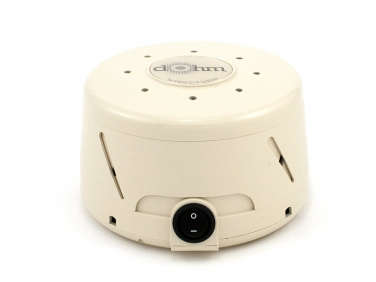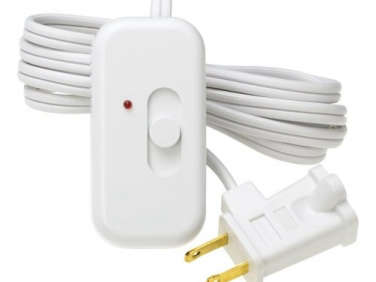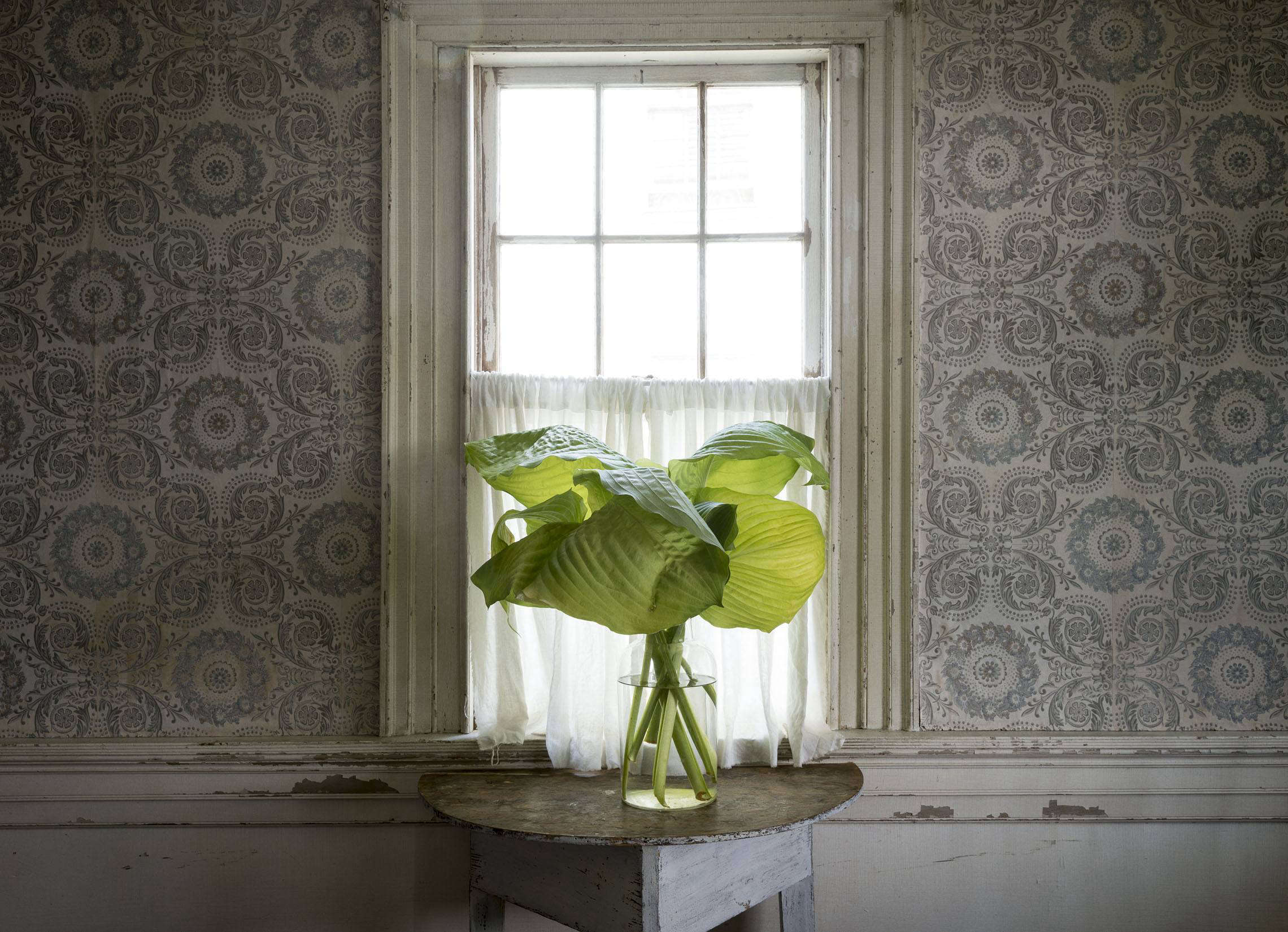We admit it; some of us at Remodelista toss and turn at night (and even find ourselves on Pinterest at 3am–Michelle, are you reading this?). So when our friend Jackie Ashton, an SF-based writer, yoga teacher, and mindfulness practitioner who is passionate about the intersection of design and well-being, offered to share her secrets on getting a good night’s sleep, we leapt at the chance to hear her thoughts. Are you sleep deprived? Read on for Ashton’s tips (and tell us your own ideas in the comments section):
“Lots of things contribute to our well-being: our homes, our relationships, and, of course–our sleep. As we dive into the New Year, consider creating a sanctuary for slumber, a place that looks beautiful, yes, but also cultivates a state of serenity. Your bedroom should feel calming to your senses; a dark and quiet haven and a place to delight in the simple pleasures. In that spirit, here are 10 ways to improve your sleeping environment:”

1. Open the windows; nature is the original Ambien.
There’s something about connecting with the natural world–from whence we came–that makes the daily minutiae dissolve (as Benjamin Franklin said, “People who live in the forest, in open barns, or with open windows, do not catch cold, and the disease called a cold is generally caused by impure air”).
Above L: Eve Ashcraft Vapor from Fine Paints of Europe. Above R: Benjamin Moore’s Wickham Gray.
2. Make your bedroom a place of beauty and ease.
Our resident paint expert Eve Ashcraft suggests, “If you want a tranquil room, you should keep your color palette subtle and tonal. The more similar each color is the ‘quieter’ the visual impact.” A few favorites: Eve Ashcraft’s Vapor (pale blue) or Benjamin Moore’s Wickham Gray (pale blue/gray). For a nice neutral, try Benjamin Moore’s French Canvas, which works great with whites and creams. Displaying items you find to be beautiful in your bedroom is important. As John Donahue, author of Beauty: The Invisible Embrace, writes, “we feel most alive in the presence of the beautiful for it meets the needs of our soul.”

Above: In a spartan bedroom in the English countryside designed by David Kohn, a tasseled Moroccan bedspread adds a note of whimsy.
3. Be fully present. Leave work and technology elsewhere.
Consider practicing a brief meditation before sleep–research shows that just 10 minutes a day can have an impact. Be in the bedroom when it’s time for bed. (Don’t be mentally at the office, at the dinner table with your kids, or in last week’s argument with your mother.) With practice, we can create a serenity so deep that, as French poet George Bernanos wrote, “nothing can change it, like a vast reserve of calm water beneath a storm.”
4. Keep your bedroom simple, clean, and neat.
Your bedroom should have a restful atmosphere, and for most people, outer order instills inner calm. Step one: Make your bed. In Happier at Home, Gretchen Rubin claims that daily bed making is the quickest at-home mood booster. Step two: Kill the clutter. Alexandra Stoddard, the self-described “philosopher of contemporary living,” says, “When we are authentic, when we keep our spaces simple, simply beautiful living takes place.”
5. Pay attention to the amount of nighttime noise.
Some people prefer absolute quiet, while others sleep well with a sound machine. Figure out what works well for you. Important note: white noise apps from your tablet or smartphone are not allowed. Research shows that sleeping with your smartphone in your bedroom reduces the quality of your sleep. I’ve used the Dohm Sound Conditioner by Marpac for years and find it to be perfect; it conditions air and produces sound naturally, without a recording or intrusive lights.
6. Make your bedroom a place of comfort.
Invest in the best sheets (see 10 Easy Pieces: Simple White Sheets) and non-toxic mattress (see 10 Easy Pieces: Editors’ Favorite Mattresses) you can afford. Experiment with different types of pillows and replace them frequently.
7. Schedule time to unwind–set a specific time to decompress and a ritual that says it’s time for sleep.
Like children, our adult bodies need signals that it’s time to rest. Remember Pavlov’s dog? Include anything that you find relaxing in your routine: candles, lavender, aromatherapy, etc. Take a hot bath about 90 minutes before bed to raise your body heat–the subsequent drop in temperature will let your body know it’s time to sleep. Set a technology curfew a few hours before bed. The body needs time to build melatonin and bright light prohibits its production. (Warning: Following the technology curfew religiously may induce intense periods of rest.)

Above: The Night Carafe by Sugahara is $53 from Tortoise General Store in LA.
8. Make your bedroom a place of meaning. Display sentimental items around the room.
A favorite blanket. Photos of family members and loved ones. Let your bedroom be a place that reminds you of everything that is meaningful and good in your life. Keep books on your bedside table that encourage thoughtful reflection (I recommend Happier at Home by Gretchen Rubin, Simple Abundance by Sarah Ban Breathnach, and Fully Present by Susan L. Smalley PhD), a carafe of water to keep you hydrated, and a dimming bedside lamp to set the mood for rest (if your lamp doesn’t include a dimmer, I recommend the Lutron Credenza Lamp Dimmer).
9. Turn off the lights and turn down the thermostat.
Lowering the thermostat right before bed signals the body that it’s time to sleep. At lights out, there should be complete, bat-cave darkness. Consider using black-out shades, and read with the lowest light possible. Create the external environment for sleep, and watch how the internal body clock responds.
10. Make your bedroom a place of self-reflection and purpose.
Write in a journal. Reflect back on your day in a positive way. Let the lens of your mind zoom in on the great things that happened, rather than the worries that will keep you up all night. (Studies show that 85 percent of the things we worry about never come to pass anyway.) If you’re particularly stuck on a worry, decide if it belongs in the “Can Control” or “Can’t Control” category. Burn the Can’t Controls. Write down the Can Controls and file them in the I’ll Tackle This After I’ve Had My Quality Eight Hours of Slumber folder. Good bye worries, and good night.














Have a Question or Comment About This Post?
Join the conversation (26)